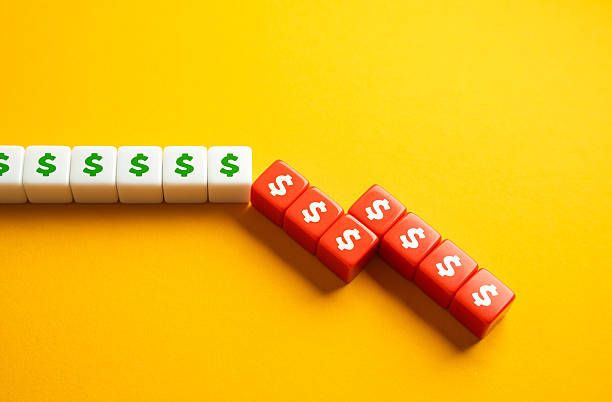
In the architecture of personal finance, where strategies often focus on growth and wealth accumulation, the most crucial element is not an investment but a form of self-insurance: the emergency fund. This dedicated pool of liquid savings serves as the foundational bedrock of financial resilience, a buffer between life's unforeseen events and financial catastrophe. It is the first and most important step in any sound financial plan, providing stability and peace of mind that allows all other strategies to flourish. Without this safety net, even the most carefully constructed financial future remains vulnerable to a single unexpected expense.The purpose of an
emergency fund is singular: to cover necessary costs during a crisis without resorting to high-interest debt or derailing long-term investments. Such crises can include sudden medical bills, urgent car repairs, or a loss of income. By having cash readily accessible, an individual can navigate these challenges without accumulating
credit card debt or being forced to liquidate a retirement account, actions that often carry severe penalties and long-term financial setbacks. The fund acts as a shock absorber, allowing one to handle adversity without compromising their financial progress.Building this fund requires a deliberate and disciplined approach. Financial advisors commonly recommend saving three to six months' worth of essential living expenses, though the exact amount should be tailored to one's job security, family situation, and overall risk tolerance. The initial goal is to start small, consistently setting aside funds from each paycheck until the target is reached. This money must be kept highly liquid and separate from everyday spending accounts, ideally in a dedicated savings account where it is safe from market volatility and easy to access when truly needed.Ultimately, an
emergency fund is more than just money in a bank account; it is a tool for empowerment. Its presence reduces anxiety and provides the confidence to make measured financial decisions rather than reactive ones. It protects the integrity of a budget, safeguards investments, and ensures that a temporary setback does not become a permanent crisis. By prioritizing this financial cushion, individuals build a fortress of security around their lives, creating the stable platform from which they can confidently pursue debt repayment, investment, and other wealth-building goals with the assurance that they are prepared for the unexpected.



 In the architecture of personal finance, where strategies often focus on growth and wealth accumulation, the most crucial element is not an investment but a form of self-insurance: the emergency fund. This dedicated pool of liquid savings serves as the foundational bedrock of financial resilience, a buffer between life's unforeseen events and financial catastrophe. It is the first and most important step in any sound financial plan, providing stability and peace of mind that allows all other strategies to flourish. Without this safety net, even the most carefully constructed financial future remains vulnerable to a single unexpected expense.The purpose of an
In the architecture of personal finance, where strategies often focus on growth and wealth accumulation, the most crucial element is not an investment but a form of self-insurance: the emergency fund. This dedicated pool of liquid savings serves as the foundational bedrock of financial resilience, a buffer between life's unforeseen events and financial catastrophe. It is the first and most important step in any sound financial plan, providing stability and peace of mind that allows all other strategies to flourish. Without this safety net, even the most carefully constructed financial future remains vulnerable to a single unexpected expense.The purpose of an 

